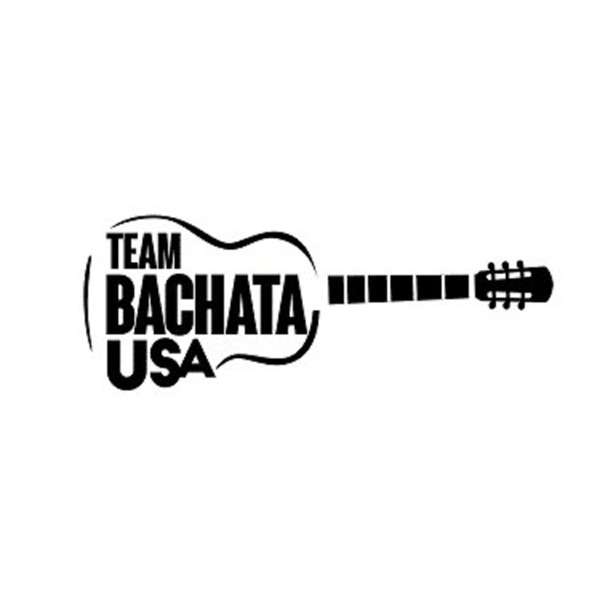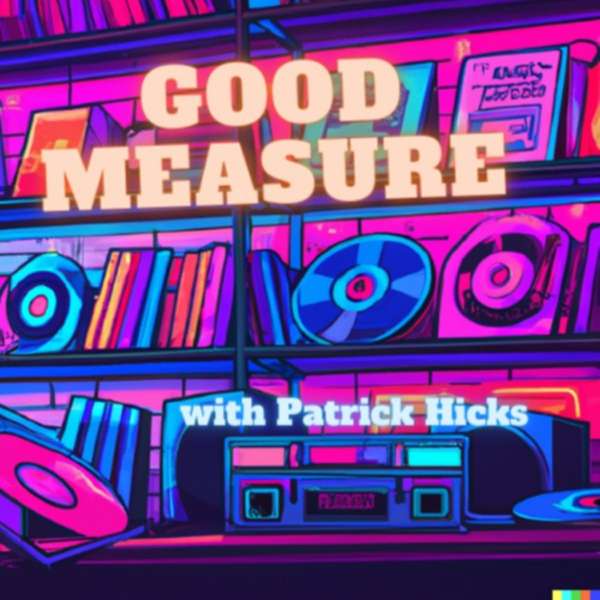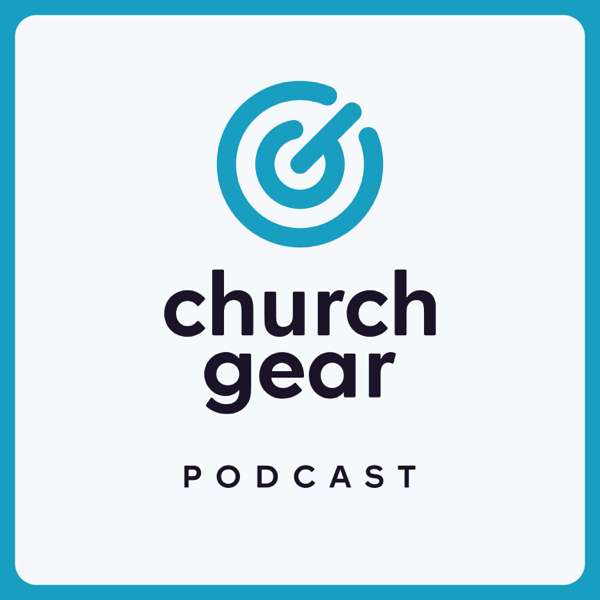1. American Dream - L.A. Style
2. X, Y & Zee (Sensory Amplification Mix) - Pop Will Eat Itself
3. W.F.L. (Think About the Future Mix) - Happy Mondays
4. Never Let Me Down (Aggro Mix) - Depeche Mode
5. It's Over Now - Cause & Effect
6. Again ('90 Remix) - Do Piano
7. Prisoner to Desire - Psyche
8. Don't Argue (Dance) - Cabaret Voltaire
9. Hyperreal (Remix) - The Shamen
10. Life on Your Own (Extended) - The Human League
11. Hip Hop Be Bop (12" Mix) - Man Parrish
12. State of the Nation - New Order
13. Around My Heart (Razormaid! Mix) - Sandra
14. It's Alright Now (Back to Basics) - Beloved
15. State of Shock (L'Pool Edit) - Revenge
Notes and other random things: Greetings from Charlotte, NC. I'm DJ Tintin and this is my retro podcast. Glad you've found it. Feel free to stay as long as you like.
Sorry for the re-introduction, but I've been away for so many weeks between my last podcast and this one that I almost feel like stranger to many of you. If you're tuning in for the first time, I am. And if you are, in fact, a newbie, I recommend going back and re-reading the first sentence, making sure to apply a tone of sincerity to the voice in your head instead of a sarcastic one. Before you do, however, I need to add a few more adjectives. That first sentence should read: Greetings from bread-less, milk-less, power generator-less Charlotte, NC.
What the hell am I talking about?
Well, for those listeners in the U.S., (and possibly abroad) you are probably well aware of the recent hurricane that hit the eastern seaboard over the past week. (If you're not, may I suggest the internet?) As such, there is neither bread, nor milk, nor power generator to be found anywhere as these are the desirable items for which panic-stricken residents spend hours in check-out lines hoping to buy the week leading up to the event.
Now, as a mid-west transplant living in the Carolinas for 14 years, I get the fear associated with hurricanes. I do. They are analagous to the fear we mid-westerners have in regards to tornadoes. The difference is you have about 10-15 minutes maximum to prepare for a tornado as opposed to a week or so for a hurricane. What that means is after a tornado passes, I can at least emerge from the twisted pile of tinder that used to be my house, go down to the local market (if it’s still standing) and celebrate my continuing to live with a bowl of cereal. In the Carolinas, that’s an impossibility because the shelves have been completely wiped out.
If I were a guy who actually bothered to prepare for catastrophe instead of worrying about posting his next podcast, I'd actually scoop up all the lunch meat, cereal and lightbulbs from the nearby food emporium at the first word of impending doom. Surely, someone with bread, milk and a power generator would be willing to barter for shelter should I be left homeless. Methinks the guy with the cache of mustard or mayo would probably be sitting pretty as well.
On to the music …
L.A. Style make their first appearance on CRC. They were a rave group that toured extensively between 1991 and 1995, when they eventually split up. The group was founded by radio host Wessel van Diepen, also the most successful dance-pop producer in Dutch history having assembled the groups Nakatomi and the Vengaboys as well. The band was fronted by Frans Zid Merkx, a multi-tool artist going by the moniker FX. Best known for their huge club hit James Brown is Dead, L.A. Style were the first group to land a rave track on Billboard’s Hot 100 Airplay chart. The song here, American Dream, is the last track on L.A. Style’s self-titled album from 1993. The sample contained within comes from the first inaugural speech of President Richard M. Nixon, delivered Monday, January 20, 1969. See the excerpt below:
“The American dream does not come to those who fall asleep. But we are approaching the limits of what government alone can do. Our greatest need now is to reach beyond government, and to enlist the legions of the concerned and the committed. What has to be done, has to be done by government and people together or it will not be done at all. The lesson of past agony is that without the people we can do nothing; with the people we can do everything.”
Pop Will Eat Itself have appeared a couple times in earlier CRC episodes (#13 and #20) and both times the tracks used were taken from their Cure For Sanity album circa 1990. If you believe the past is a good indicator of the future, you won’t at all be surprised to learn that X, Y & Zee, the track here, also appeared on that amazing album. I say amazing because I have vivid memories associated with it, trucking home from Texas to Kansas over fall break my sophomore year in college. I took my roommate to see the Kansas/Kansas State football game and then we stayed in Manhattan (also called "The Little Apple", which is home to the KSU campus) with friends drinking and carousing well into the night after a KSU victory (though truth be told I’m a KU fan). This album received heavy rotation on that 1200-mile round trip and deservedly so, though you won’t find much agreement among those haters of what was called the “grebo” movement. Mostly a product of the music media who have an unfailing compulsion to label clusters of similar-sounding music, grebo started in the late 80s and continued on into the early 90s before “Brit Pop” took over. PWEI were forerunners of the subculture, which encompassed bands whose sound blended garage rock, hip hop, pop and electronica. Dreads, partially shaved heads and high ponytails, torn jeans, boots, lumberjack shirts, army surplus clothing, and eclectic hats defined the fashion (if you can call it that), a look dubbed by the Trouser Press as “slimy-looking lowlifes playing retrograde raunch”. Ned’s Atomic Dustbin, Jesus Jones, The Wonder Stuff and others were all part of that short-lived movement. The remix appearing here, though taken from the single, also appears as a hidden track at the end of the Cure for Sanity CD. A little PWEI trivia: the band was headed by Clint Mansell, a fine musician who has gone on to score many Hollywood films including the Darren Aronofsky films Pi and Requiem for a Dream, The Wrestler and Black Swan. Music writing credits on PWEI albums are all listed as Vestan Pance, a pseudonym for the entire band. At one time, after the addition of drummer Robert “Fuzz” Townshend to their line-up, they proposed the name Vestan Pance and Socks, which was summarily rejected by their label RCA.
Speaking of heading up an artistic movement, The Happy Mondays would most certainly qualify. Lead by one-time smack user Sean Ryder, the Mondays charged headlong into what would become the Ecstasy-fueled club scene in Manchester, England. Dubbed “Madchester” by those who were there, the Mondays became poster boys for the “haves” of the sonic landscape, diving into excess so severely that they nearly drove their label, Factory Records, into financial oblivion. The whole thing is pretty well-chronicled in the excellent film 24-Hour Party People, directed by Michael Winterbottom, which is sort of a dramatized account of Factory Records head man, Tony Wilson, and the rise of Joy Division, with some attention given to other Factory bands including: New Order, A Certain Ratio, The Durutti Column and, of course, the Mondays. The track here, W.F.L. (which stands for Wrote For Luck) was remixed by Paul Oakenfold and appears on the mini-album Hallelujah. Hallelujah was originally a four-song EP called the Madchester Rave On EP, but was renamed after three bonus dance mixes were added before its release in the U.S. For Erasure buffs, a Vince Clarke remix of W.F.L. also appears on the CD version of the Mondays’ second full-length album called Bummed.
When close-knit bands lose a member to tragic circumstances there exists a time of deep reflection followed by a re-evaluation period where remaining members make the critical decision to fold up the tent or to carry on. After losing singer Ian Curtis to suicide on the eve of their first U.S. tour, Bernard Sumner, Peter Hook and Stephen Morris of Joy Division decided to continue on, though they decided a name change was in order to escape the long shadow left by Curtis. Out of the ashes came New Order. For Rob Rowe of Cause & Effect, the untimely death of friend and co-founder Sean Rowley too put his hopes for the future in serious doubt. The tragic loss in many ways eclipsed the success of their self-titled debut album on Exile Records (which was later re-issued as Another Minute by BMG). That album spawned two top ten dance singles, including You Think You Know Her, which stands as the group’s pop chart high point. Unlike Joy Division, Rob made the decision to move forward under the C&E banner. He enlisted Keith Milo, a California-based electronic musician and, along with drummer Richard Shepherd, the band released their second full-length album, Trip, in 1994.
“Performing the tribute to Sean at the KROQ Acoustic Christmas Show in LA was a turning point,” explains Rowe in the band’s Offical bio, “The overwhelming support from the fans and audience made me realize that giving up just wasn’t an option.”
“Coming in to Cause and Effect after Sean’s death was a scary thing to do,” adds Milo. “There was so much uncertainty. Sean was a genius with melody, he was irreplaceable. I think there was solace in the fact that we became a very different band at that point and we all felt that we were doing the right thing by continuing on.”
Produced by the great Martyn Phillips, Trip contains the brilliant track appearing here, It’s Over Now. It ultimately climbed to #7 on Billboard’s modern rock charts, and was the band’s fourth release to appear on Billboard Hot 100 singles chart.
The last artist I want to touch upon this go-round is Man Parrish. An Andy Warhol, Club 54 “freakazoid”, Man Parrish is responsible for a couple of the most enduring, innovative and influential tracks in the history of electronic music. I say a couple because as quickly as he arrived he vanished once again into relative obscurity. Arriving right at the juncture of the evolutionary electronic music tree where legendary producers like Arthur Baker and John Robie split from the Kraftwerk-infused trunk to create a portion of the hip-hop foundation with Soul Sonic Force’s track Planet Rock, Manny Parrish would split the other way, building upon the notes of Kraftwerk’s Autobahn that were no doubt trapped somewhere in his brain. Using a Roland TR-808 drum machine and two keyboards, he crafted Hip Hop Be Bop in his bedroom. In doing so, he became one of the early producers-turned-artists on the electronic music scene.
In an interview, Man said of the track, “It was played in a really wide spectrum: in black hip-hop clubs, in white underground places like Danceteria, in after-hours clubs. The radio station pumped it like crazy because I did vocoder spots for them and in exchange for payment, they put my stuff into heavy rotation. When you first hear it, you think, ‘Huh, weird instrumental track.’ But the more you listen to it, it's like, 'This is really interesting.' It even happened to me: I used to hate it at first."
Hip Hop Be Bop went on to sell over two million copies, but Parrish received almost nothing for his groundbreaking efforts. Much like innovation, ripping off artists was commonplace back then. As Parrish explains, “When I first started out I was so broke I made this song called Heatstroke as a soundtrack for a porno movie. Some DJ had sampled it off the movie, made an acetate, and somebody told me, ‘Hey they're playing your music at this club.’ I ran down to the club and all of a sudden my song came on. I asked the DJ, ‘Wait a minute, where'd you get that record? It's my music.’ He told me, ‘That's your music? Come down to the record company, they'll sign you on the spot.’"
He goes on to say, “I got nothing--it was the classic first record rip-off deal. I would go to the label and literally beg for rent. The guy who owned it bought a plane, a house in Vermont, and a Porsche with a hand-carved dashboard. It was how everyone did it back then.”
After suffering so many disappointments and massive burn-out, Parrish ended up a male prostitute for a spell to pay the bills. As many musicians as were influenced by him, Man Parrish inadvertently may have influenced thousands of lawyers as well as his story reads like a textbook case of copyright infringement, an issue which would come to the forefront of music as technology and sampling began to take hold during the 80s.
That’s it for this episode. Thanks to everyone for tuning in and be sure to support the artists as they make this all possible. Barring any more hurricanes, I’ll be back soon with another episode.
Cheers!

 Our TOPPODCAST Picks
Our TOPPODCAST Picks  Stay Connected
Stay Connected







